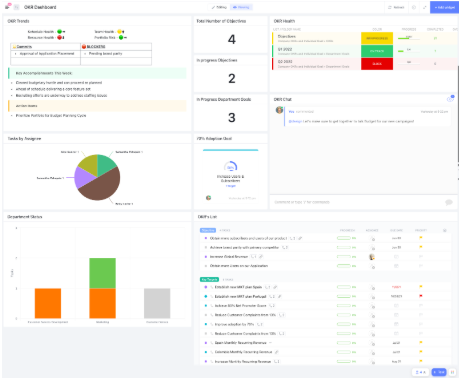Last year AMD launched the EPYC 4004 series for taking Ryzen based processor designs into the EPYC segment for entry-level servers with ECC memory support, server designs with BMCs, and various enterprise software certifications and industry qualifications. Today they are launching the EPYC 4005 series as their new Zen 5 based offerings for entry-level / budget server deployments and other instances when not needing as much compute power or connectivity and other high-end features found with the EPYC 9005 “Turin” processors.
Like with the EPYC 4004 series, the second-generation EPYC 400x series is focusing on budget bare-metal server deployments, SMB server solutions, and similar applications where typically focused on maximizing value but still desiring ECC memory and other features not typically found on the consumer platforms. The EPYC 4005 series goes head-to-head with the Xeon E and now Xeon 6300 series processors.
With all of the AMD Ryzen 9000 series testing on Linux since last year, including for many server-type workloads, you know the performance capabilities of these Zen 5 AM5 processors… Now there is the EPYC 4005 series for up to 16 core / 32 thread servers, including 3D V-Cache options. Compared to the EPYC 4004 series, two notable additions with EPYC 4005 is, first, supporting DDR5-5600 ECC memory compared to the DDR5-5200 ECC memory. Secondly, with these Zen 5 “Grado” processors is also a full 512-bit data path for AVX-512 rather than 256-bit for really helping out some demanding workloads in the HPC/scientific computing space while with time we’ve seen AVX-512 come into play for speedy JSON parsing, PostgreSQL database, and other more versatile uses.
The AMD EPYC 4004/4005 processors are much more capable than the Xeon E-2400 / Xeon 6300P series. As noted in the Xeon 6300 launch article, the specs of those processors are little-changed over the Xeon E-2400 processors. It’s rather sad Intel’s entry-level server processors in 2025 still top out at 8 cores / 16 threads while AMD EPYC 4004/4005 is double that. The Intel Xeon 6300P series also only support DDR5-4800 ECC memory compared to DDR5-5600 ECC, there are eight more lanes of PCIe Gen5 connectivity, and other advantages to the new AMD EPYC Grado processors.
At the top of the stack are the AMD EPYC 4565P and EPYC 4585PX 16-core processors with the “PX” edition for the 3D V-Cache SKU. For very basic servers is the EPYC 4245P server with 6 cores while there is also the EPYC 4345P with 8 cores, EPYC 4465P at 12 cores, and also a EPYC 4545P 16-core SKU with a 65 Watt TDP compared to 170 Watt TDP with the top-end models. At the top-end the AMD EPYC 4585PX has a list price of $699 USD compared to the Xeon 6369P flagship at $609… But for that extra $93 gets you twice the number of cores/threads as well as 3D V-Cache. Intel badly needs to overhaul their entry-level Xeon offerings.
The EPYC 4004 series already performed exceptional against the Intel Xeon E “Raptor Lake” entry-level server processors for a variety of workloads. Now in 2025 there is the Xeon 6300P series with litttle change over the Xeon E-2400 series while AMD has the EPYC 4005 processors with twice the core/thread count as the Intel competition, the EPYC 4585PX with 3D V-Cache, and 512-bit data-path AVX-512 while the entry-level Xeons are stuck with AVX2. Plus the new EPYC 4005 processors can accommodate DDR5-5600 ECC memory compared to the Xeon 6300 series still at DDR5-4800. All for roughly comparable CPU pricing… For the launch-day testing, continue reading with the AMD EPYC 4565P and EPYC 4585PX Linux benchmarks up against the Xeon 6369P flagship.
If you enjoyed this article consider joining Phoronix Premium to view this site ad-free, multi-page articles on a single page, and other benefits. PayPal or Stripe tips are also graciously accepted. Thanks for your support.










